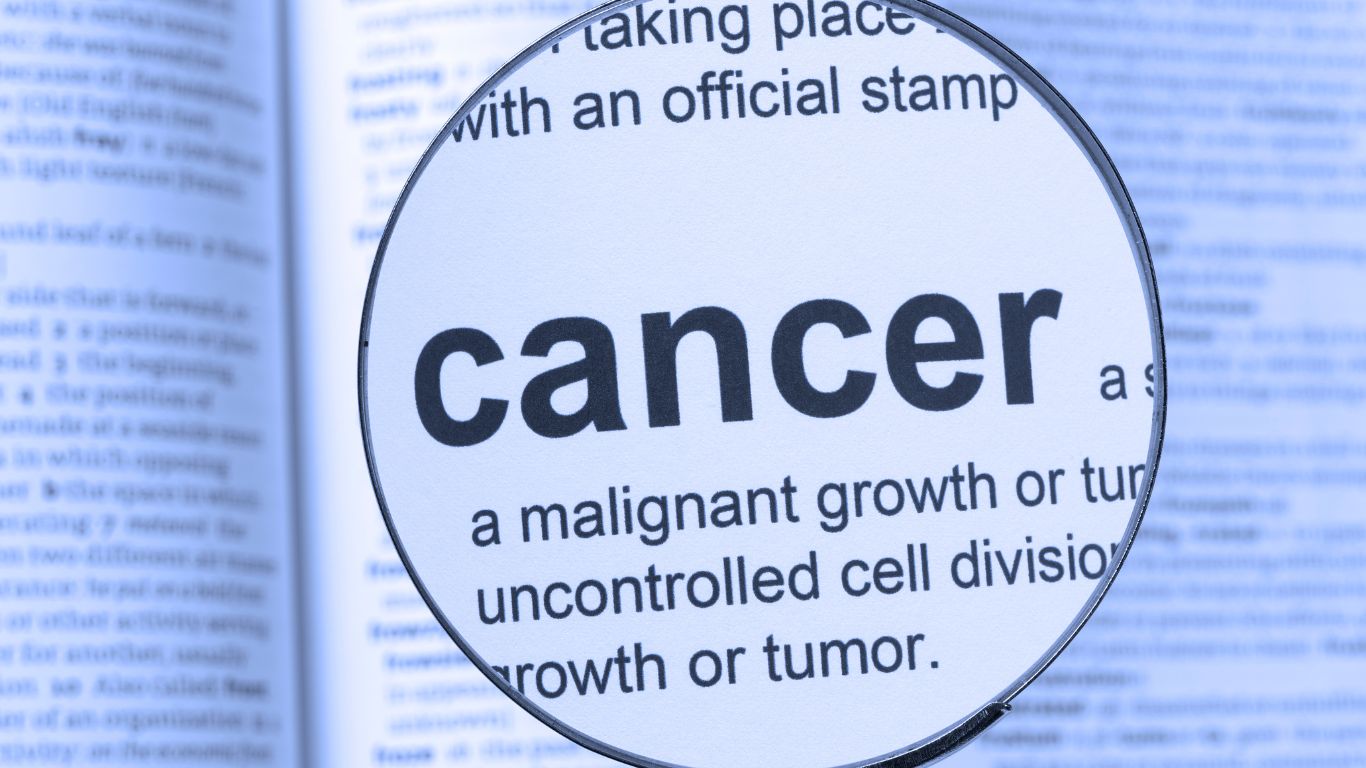Most people are aware that alcohol can damage health, but they may not know just how it can cause both physical and mental health to deteriorate. Certainly, alcoholism can cause liver damage and disease, but did you know that it’s also linked to an increased risk of cancer? Today, more than 14 million people in the U.S. are struggling with an alcohol use disorder. Many of them aren’t aware that excessive drinking can cause cancer as well as harm health in many different ways.
The best way to protect one’s health is to stop abusing alcohol. That can be difficult in the presence of addiction. TruPath is a network of addiction treatment centers that offer comprehensive treatment programs for alcohol and drug addictions. Without treatment, most people are unable to stop drinking or abusing drugs. Formal addiction treatment helps clients identify their triggers to abuse alcohol and drugs and develop effective strategies for controlling them and preventing relapse.
Let TruPath guide you to lasting recovery with our individualized treatment plans. Our rehab centers in Los Angeles and New Jersey offer programs like medical detox, inpatient treatment, and outpatient treatment designed to help you end your dependence on alcohol. The sooner you stop drinking, the sooner you can support your health and your body’s natural healing processes.
Why Alcohol Raises the Risk for Cancer
As the body metabolizes alcohol, the substance breaks down into the chemical known as acetaldehyde. This chemical is known to damage DNA. It also stops the body from repairing the damages. Normal DNA supports the normal and proper growth and function of our cells. When DNA is damaged by acetaldehyde or oxidation, it can’t properly regulate cell function and growth. When damaged cells begin to malfunction and grow out of control, they can develop into cancerous tumors.
Consequently, the more alcohol a person drinks, the more acetaldehyde is present in the body and causing damage to DNA. There is no other way to reduce the risk of alcohol-induced cancers other than to reduce or eliminate the consumption of alcohol. A person who has an alcohol use disorder can’t regulate their alcohol use. That’s the nature of the disorder. For them, the only way to manage alcoholism successfully is to stop drinking altogether.
Cancers Associated with Drinking Alcohol
According to the Centers for Disease Control (CDC), alcohol can raise the risk for getting six types of cancer, including: liver cancer, breast cancer (in women), mouth and throat cancer, colon and rectum cancer, cancer of the esophagus, and larynx cancer. It doesn’t matter what type of alcohol a person drinks; the more alcohol a person consumes, the greater their risk for these cancers.
Cancer is often treatable, but not always, especially in advanced stages. Preventing cancer is preferable to treating it. Unfortunately, alcohol can cause other serious health problems for people too. Alcoholism is also associated with health problems such as:
- Heart disease
- High blood pressure
- Stroke
- Digestive complaints
- Liver disease (i.e. cirrhosis)
- Weakened immune system
- Dementia
- Depression and other mental health problems
The more a person drinks, the greater the risk for developing one or more of these health issues. It’s important to remember, too, that alcoholism can cause people to develop serious relationship and career problems too.
How Much Alcohol Is Too Much?
The CDC has established clear dietary guidelines for Americans that include alcohol amounts. To reduce the increased risks for alcohol-related health problems, it’s important to follow these guidelines:
- Men should drink no more than two alcoholic drinks daily
- Women should drink no more than one alcoholic drink daily
Of course drinking less than this or eliminating alcohol from the diet entirely is safer still. Keep in mind that some individuals such as pregnant women or people recovering from substance use disorders (no matter the addictive substance) should not drink any alcohol. People under the legal drinking age, of course, should not consume alcohol and people who are taking medications or who are operating dangerous equipment should not consume alcohol.
In past studies, some researchers suggested that drinking certain alcoholic drinks like red wine could have beneficial health properties. However, more recent studies have called those earlier studies into question. Red wine, for instance, may not reduce the risk for heart disease after all. Moreover, there are many healthy foods and beverages that can support health without the risks associated with alcohol.
How Alcohol Affects Men and Women Differently
Alcohol has been shown to affect men and women differently. In fact, it’s easy to understand why. Women’s bodies have more fat and less water than men’s do. Water dilutes alcohol. Fat retains alcohol. In this way, women are more vulnerable to alcohol’s effects. Alcohol’s longer presence in the female body has a greater chance to do damage to the body.
In addition, women also have fewer concentrations of the enzymes needed to break down alcohol before it can reach the bloodstream. That’s why, given the same dose, women will reflect more alcohol in their bloodstream than men. The CDC guidelines for the same consumption of alcohol reflect this by recommending that women only drink one alcoholic beverage each day to men’s two drinks.
Studies are ongoing, of course, but current research has already shown that women are also more likely to experience mental issues related to excessive drinking than men. For instance, female drinkers are more likely to develop brain chemistry changes in association with alcohol consumption than men. And that’s not all. Women drinkers are also more likely than men to get alcohol-related heart disease and liver disease. The risks of alcohol-related health problems are simply greater in women, and those reports are confirmed by statistics that show that women alcoholics are 50 to 100% more likely than men to die of alcohol-related conditions.
These statistics do not let men off the proverbial hook, however. Men are more likely than women to become dependent on alcohol. Men are four times more likely to develop alcoholism than women. Because there are more male alcoholics than female alcoholics, more male alcoholics die each year in association with alcohol-related health conditions.
How TruPath Recovery Can Help
The only way to manage an alcohol use disorder (aka alcoholism or alcohol addiction) is to stop drinking. There is no safe limit for alcohol use for a person who has any type of substance use disorder. Alcoholism is a chronic and typically progressive disease. The only way to control it is to stop drinking. That’s tough because the condition is also associated with chronic relapse. Nevertheless, it is possible–with help.
To successfully stop drinking, most people need formal addiction treatment. TruPath and our network of high-quality addiction treatment centers can help. Our addiction rehabs offer multiple levels of care in order to support clients wherever they happen to be in their recovery journey. Programs that include detox, inpatient rehab treatment, and outpatient programs can help clients learn how to stop drinking for good.
If you’re struggling with a drinking problem, don’t wait to get help from TruPath’s rehab centers. Don’t let alcohol rob you of your health and wellbeing. With individualized treatment, you can end your dependence on alcohol and lead a healthy, sober life.

